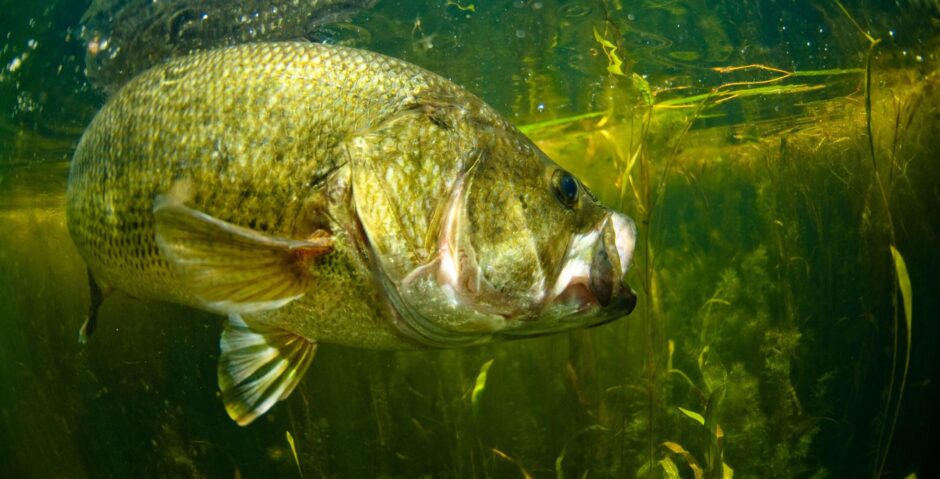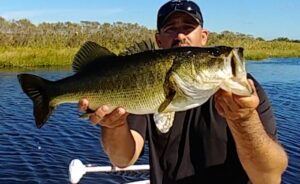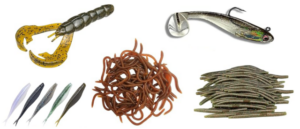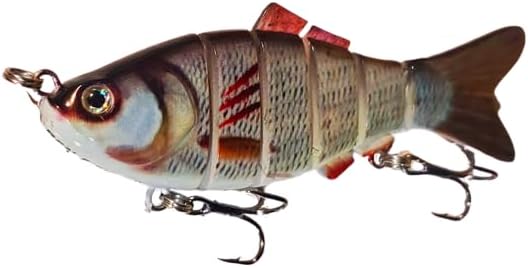Largemouth bass and points go together like peanut butter and jelly. You should always be able to find some largemouth bass on points from spring through fall. The better points usually have some type of weeds, rocks, wood, sand or deep water nearby. A point with shallow water and no cover will usually not hold many bass.
Because there can be several different types of cover and water depths on a point, there are so many different ways that you can fish a point. Crankbaits, swimbaits, spinnerbaits, jigs, tubes, topwater lures, soft plastics and live bait will all work to put some bass in the boat. Most bass anglers will use faster-moving lures as search baits to locate some feeding bass. Once they find a good point that has some feeding bass, they will slow down with jigs and soft plastics to put a few more fish in the boat.
No Point is the Same
Points can be so different from one another. Even if they look similar, you will usually find plenty of differences when you check out the bottom contour. Most points will have a better side of the point as well, so try to find the pattern and hit as many points that have as many similarities as possible.
Move Around Until You Find a Bunch of Them
If you are fishing a body of water that has access to lots of points, you can easily move point to point with your search baits and pluck one or two bass off of each point. While plucking a bass or two off each point, you may run into a really good point with a bunch of bass feeding. By covering a lot of water, you up your chances of finding a school of bass feeding off of a point. If you do, you can catch a bunch of them in a hurry.
Look for Cover Too
A point that has a drop-off with some sort of cover will hold more fish than points without them. This isn’t a 100% rule, but it definitely holds true for the majority of points. Combine a drop-off with some wood or weeds and you’re going to find more fish there without a doubt.
[wpinsertshortcodead id="cpgud5f8d881788989"]




